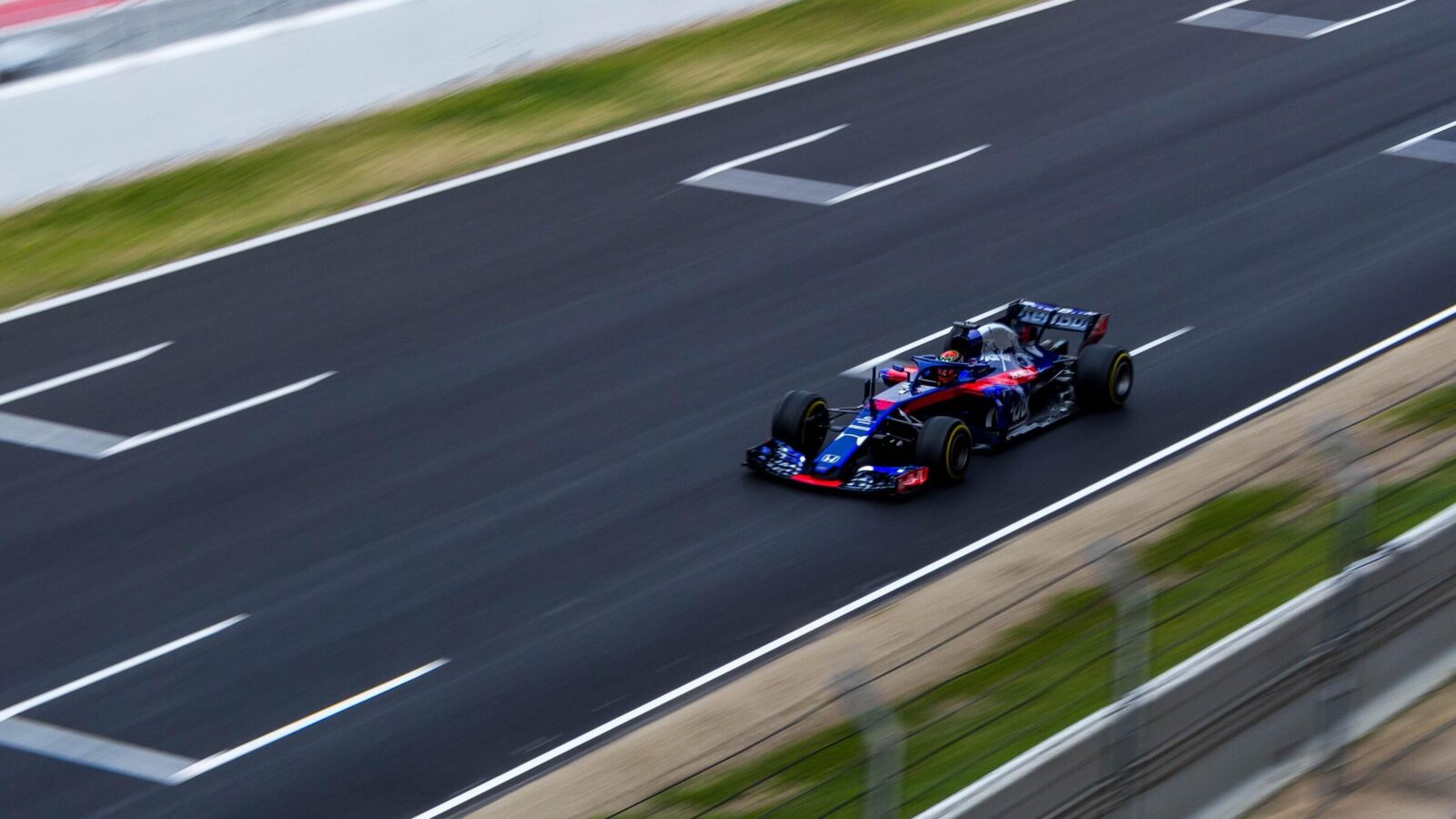The crowd holds on to their seats and cheers, and the engines rev. There is no time to waste.
While it may seem like the driver is always getting all of the attention, F1 is very much a team sport – with 20 people “maintaining” the vehicles at every pitstop.
Each tire requires three mechanics – one to operate the wheel gun, remove the tire, and put a new one on the hub. There are then two people stabilizing the car, and two people operating the rear and front jacks to lift the machine up when it arrives in the pit box.
Two mechanics make front wing adjustments and replace the nosecone if required. Finally, there are two back up front and rear jack crew members and one or two others operating the lighting system.
From taking a good 67 seconds to get the vehicle set to continue on its path in the 1950s, pit stops have since evolved a great deal – today, the cars are readied in just 3 seconds. This difference in speed is just one example of how greatly technology has enabled systems. Progress is unrelenting and can be either a crawl or a steep accumulation of skills, systems, and assimilation of new or adapted strategies.
Small, regular actions compound over time. As beautifully illustrated in the video below from a few years ago in Pitfalls and Pitstops. https://www.brucerunions.com/pitfalls-and-pit-stops/
Malcolm Gladwell popularized the notion that to become world-class in any field, you need 10,000 hours of deliberate practice. Or maybe you’re comfortable with the idea that we are now all lifelong learners as long as we maintain an innate curiosity about the world around us. The key is in the mindset: fixed versus growth. Progress happens in the background, often in the shadows, until it doesn’t.
Advances in technology are a given. But what about the team? Pit stop crews have coaches too. Many are accustomed to the kind of tests that athletic programs undergo. The coaches study game tape, looking for advantages or untapped opportunities. There’s another reference to race car driving that doesn’t have the same air time as the evolution of a pit stop crew change.
Over the years Formula One has made some major changes in the way their pit-stop systems operate, such as the wheel gun. These new methods provide the teams with a lot more efficiency, with teams now able to change their wheels in less than 2.4 seconds. Similarly, in the business world, CPQ has helped speed up processes and make teams far more efficient. Networks are joined, and communities are formed.
In an interesting NASCAR experiment, each driver was given the same vehicle and pit crew. It was found that even when the drivers have the same “tools”, some perform better than others; simply because of their innate abilities and experiences. So the old axiom people, process, technologies still rings true. If everyone has the same access, it’s how you use it that gives you your competitive advantage. Everyone must be a technologist or be able to solve problems and find solutions. One must layer all their strengths, and build up their arsenal of skills.
Progress is relentless. It marches forward. It takes no prisoners and stops for no one, except maybe the last Blockbuster location in Bend, Oregon, it would seem. I recently learned via the documentary “The Last Blockbuster” that I’ve been helping to perpetrate a myth all these years. It wasn’t innovation that killed Blockbuster. At least not at the point in time that they were forced to liquidate in the 2008 crisis. They were too heavily indebted to their parent company and didn’t have access to fresh capital as Netflix did to invest in changing needs and tastes.
This brings us back to growth. What’s the difference between linear growth, which is constant, vs. exponential growth which is proportional to the current value that is growing? Does it matter, and has the future been pulled forward at all since COVID?
We see Quote-To-Cash as a metaphorical wheel gun that has improved organizations’ speed and agility. Just like in Formula One, we have seen processes that used to take hours and minutes turn to seconds through the use of an automated system.
